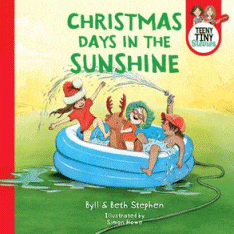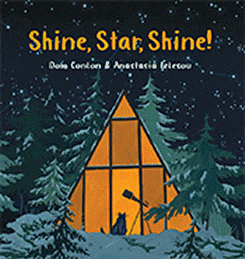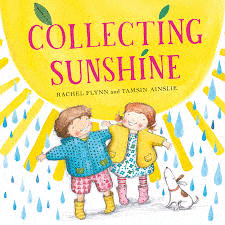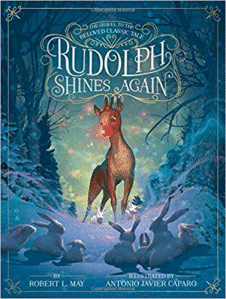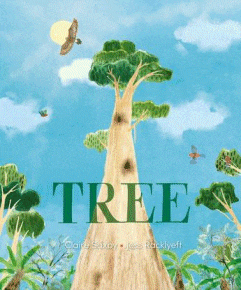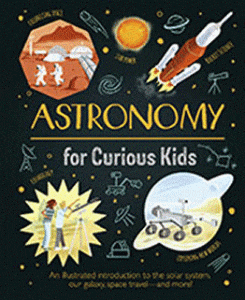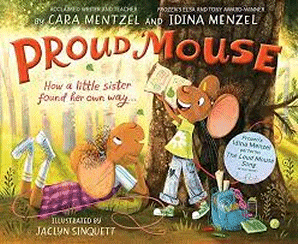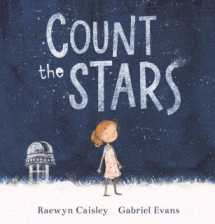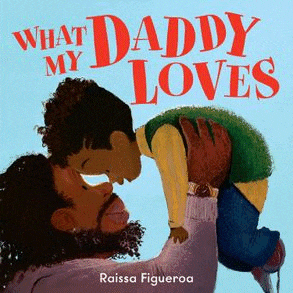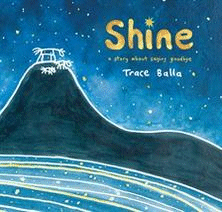
Shine
Shine: A story about saying goodbye
Trace Balla
Allen & Unwin, 2015
Hbk., 32pp., RRP $A19.99
9781743316344
“Far, far away and long, long ago, on a beautiful planet, amongst the golden stars there lived a young horse. He was so kind and bright, so sparkly and shimmery, that everyone called him Shine.” Shine galloped with the other horses under the smiling moon until one day he met Glitter, the loveliest horse he had ever seen and soon Sparky and Shimmer had come to make a beautiful family. But sadly and too soon, Shine had to return to the stars and Glitter, Sparky and Shimmer are heartbroken, crying an ocean of golden tears and climbing the high mountain of grief until they finally see and understand the overwhelming size of the love they shared. And far above, the brightest star of all shines on them and brings them peace.
Trace Balla wrote this book for her niece and nephew when they lost their dad, suddenly and unexpectedly. Even though it is so difficult to explain the inexplicable to young children, it gave them a moment of peace and beauty and moments are sometimes all you can get at such a difficult time. But it also gave them reassurance that they were still surrounded by love and hope that, in time, they would see their Shine shining down on them.
We tend to think of death as adult-business but whenever an adult dies there is so often a young child deeply affected and trying to come to terms with the loss, not quite understanding the finality and perhaps blaming themselves for not being good enough. Whatever the circumstances of the death, it is essential that the child knows they were loved deeply and will continue to be so, and this story not only shows that but celebrates it. It acknowledges and allows the sadness of all those left behind, the grieving process is accurately depicted as a huge, steep mountain to climb that will take time but it also shows that it can be conquered and that there is still joy in the world. Little people don’t have the vision to see beyond the horizon and so a story like this gives them some comfort that eventually the hurt starts to heal and the love shines through. They have not been abandoned, they are not lost and they are still loved.
Because school is often the one constant in the child’s life at this time and particularly if the child is not involved in the final farewell process, it often falls to the teacher to provide the support that is needed and having a story like Shine to share gives them a starting point to share and talk with the child. It is gentle, it is reassuring and based on the belief that “We all come from the stars, we all go back to the stars” it can be shared without risk of contradicting any religious beliefs.
Sadly, this particular copy will not be added to the collection at my school – it is on its way to a little person who needs it right now and who will get great comfort from it. I thank Carolyn Walsh from Allen & Unwin for making that possible.

